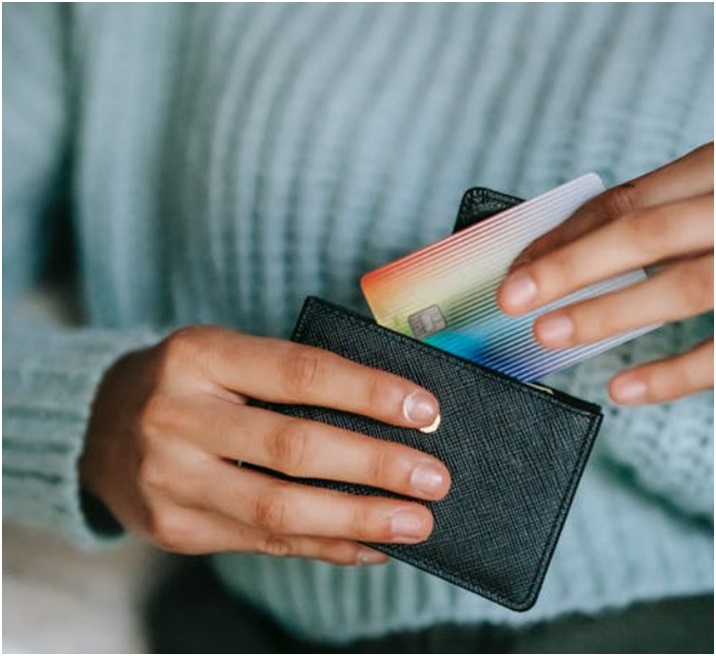A credit card is a thin rectangular piece of plastic or metal that is issued by financial institutions. The card allows you to pay for purchases by borrowing funds up to a pre-approved limit. The limit on each person’s credit card is determined by several factors that are specific to each person. The most important factors considered by the bank to determine your limit is credit score and history.
Keeping a good credit score comes with a lot of perks, and a high credit card limit is one of them.
WHAT ARE MINIMUM PAYMENTS ON CREDIT CARDS
Every financial institution sets a minimum monthly payment on customers’ credit cards. This is the lowest amount you are allowed to pay on your account each month to remain in the good graces of the company. It is the lowest amount of money you must refund the bank for the borrowed funds spent in a month. Your minimum monthly payment is calculated as a small percentage of your total credit balance. There is no fixed minimum payment for everyone, and what you are charged this month may change for next month’s payment.
When you think about minimum payment, you are most likely assuming a significantly low amount, but note that your balance is what determines your minimum payment.
If you have a small balance by the end of the month, you may end up paying as low as $20. But if you owe up to several thousand dollars, you may be charged a couple of hundred dollars or more. It may seem unreasonable that someone with a lot of debt would be charged higher than someone with a low balance, but that is the standard. Always keep in mind that your charge for each month is significantly affected by the size of your balance. The more you owe, the bigger your likely payment.
Generally, you cannot pay less than your minimum payment. If you do so, your financial institution reserves the right to treat it as a non-payment. The standard requirement is to keep up with the minimum charge for each month to avoid defaulting on your card. However, in rare circumstances, you may be able to negotiate a lower charge, if you’re in serious financial distress.
HOW IS YOUR MINIMUM PAYMENT CALCULATED?
Financial institutions tend to set minimum payment requirements at the lowest levels to make it easier to keep up. The charge may vary from month to month, depending on your balance. There are two standard methods for calculating the minimum payment on your credit card.
- You may be charged a percentage of each month’s balance plus new interest and fees. This can be 1% or 2% of your balance.
- You may be charged a fixed amount set by the bank, usually $25. If your balance is lower than this amount, you may need to pay it entirely. This method is usually implemented when the client keeps a low balance. Using this method for someone with a significantly high balance may not work in the best interest of the bank.
To know which of these calculations apply to your credit card, you should check your statements to understand the policy for your specific issuer. It is up to the lender to choose which formula they want for their issued cards. Do not expect the minimum payment on one card to match the amount on another card from a different bank. Having similar balances on two separate cards doesn’t mean you’ll get the same charges.
BENEFITS OF MAKING MINIMUM CREDIT CARD PAYMENTS
Paying at least the lowest charge per month has its benefits. They include:
- To avoid credit card delinquency – This is when you fall behind on making payments. After failing to pay the charges for two months or more, it goes on your record.
- To avoid late fees – If you aren’t too worried about making full payments that may cause a delay, settling to cover only the minimum charges is a good option.
- To avoid the penalty APR on your account – A penalty APR is an increase in your interest rate when you miss a payment or a payment is returned.
- To avoid severe credit damage due to late payments – Paying your charges late can severely damage your score.
DISADVANTAGES OF MAKING MINIMUM CREDIT CARD PAYMENTS
Although you may think that keeping up with the monthly charges is enough for you, this isn’t always the case. Do you want to continue making the minimum payments and nothing more? The problem with this option is that it does nothing to improve your debt situation. If you are only paying the lowest charges, you should note that a significant percentage of what you pay monthly goes towards interest for the loan.
Here are two major disadvantages of only making minimum payments on your credit card:
It can damage your credit score
Making the minimum credit card payments on most unsecured loans results in an underpayment over time. This is because when you are paying, your debt continues to increase, and with time you may witness a significant drop in your credit score. For someone who keeps very low balances, there may be no accumulation of debts or plunging scores. Up to thirty percent of your credit score is determined by your amount of debt, especially revolving credit, like credit cards.
If you have accumulated charges on your account and you do not pay the full amount, it slowly damages your score. For people with high balances, making minimum payments each day is not the way to go.
Seemingly small minimum payments may increase significantly over time
Financial institutions can charge anywhere between 1% to 6% of your balance as your lowest charge per month. As tempting as it may seem to only follow this requirement, it can be detrimental to your credit in the long run. Paying the lowest charges and continuing to use your card can cause your balance to spike significantly. The seemingly small or affordable charges that you used to pay may have doubled or tripled, making it difficult to maintain. This is because the accumulated debt would cause your balance to increase considerably, and 4% of what you have now will be higher than before. So now your low monthly payment is not so low anymore.
CONCLUSION
With all we have looked into in this article, are we then to say that credit cards are a bad idea? Of course not. Credit cards can work well in your favor you want to build credit, but when facing financial problems, do not be tempted to pay less than the full amount of charges. Making only the lowest payments will cause your charges to accumulate, and there is a myriad of disadvantages associated with this decision.
The cons of paying only the lowest charges outweigh the pros and can cause significant repercussions over time. Paying the full charges will help you save money by avoiding costly interest payments. It may also help your credit score, which makes a lot of things easier for you. As we all know, keeping an above-average score opens you to a lot of benefits, like discounts and subsidized rates for certain purchases.
Also, ensure that you make your payments on time to help you keep low balances. Tracking and cutting down on your spending is an effective way to break your minimum payment habit. This is because the amount of credit you use affects the calculation of your credit score. In general, the lower your credit utilization is, the better it is for your score.
Sources –Become Debt Free












Comments